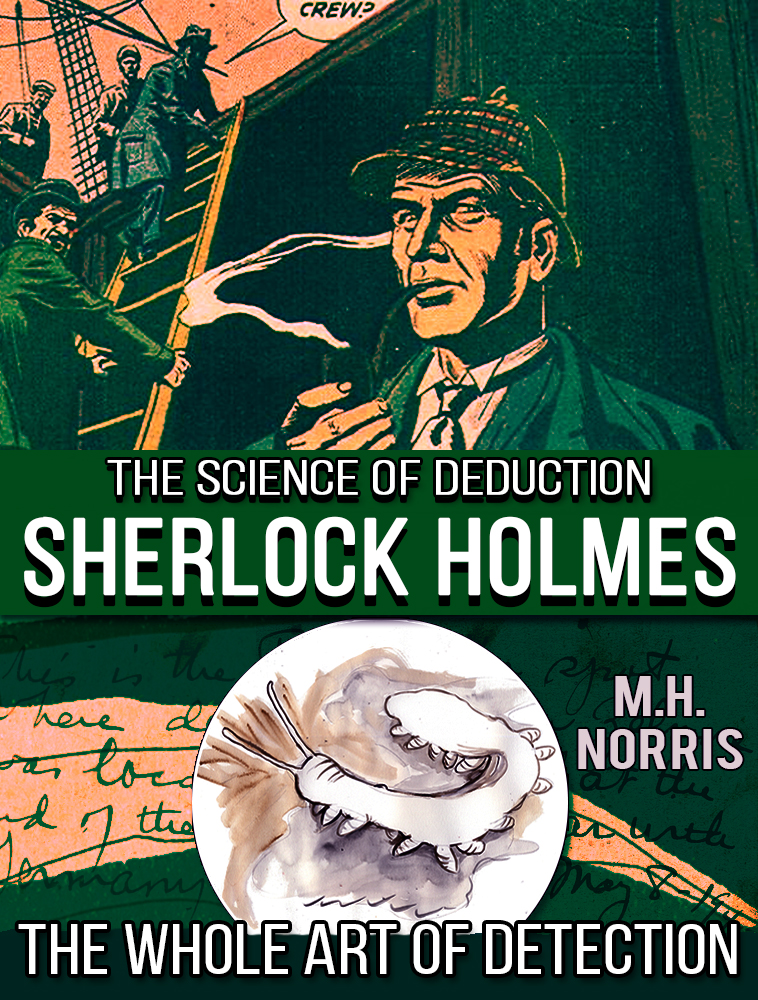

And local!Ĭreative discoveries made like those above elicit …. That means the criminal is still at large. Sherlock Holmes and that thumbprint in the closet in “The Norwood Builder”. A sudden insight that connects all the data we have been puzzling over, and then all falls into place, triggered by one final, last piece. It might be a recognition of a pattern, the discernment of complex interactions. This time the fresh thing is uncovered by the conscious search. Puns are good examples, with two worlds colliding and turning on a single word. This reveals a previously unseen connection between them, which in turn feels altogether new. Very roughly defined, it means taking two different planes of reference-world views, really, which are not normally associated-and viewing them at the same time. His publications in this area include discussions of Arthur Conan Doyle, Arthur Morrison, Fergus Hume, and of the Strand Magazine more widely.Let’s look at “creativity” from a philosophical, and then a practical angle.Īrthur Koestler in “The Act of Creation” presents us with the concept of bisociation-which he calls the foundation of creativity. His monograph, Purity and Contamination in Late Victorian Detective Fiction, considers how such fictions (and the periodicals in which they appeared) engaged with ideas of material and social purity, ranging from Sherlock Holmes cleaning the face of criminality in “The Man with the Twisted Lip” to the moral policing carried out by the Social Purity movements and late Victorian antivivisection campaigns.

His main research focus is on the popular culture of the nineteenth century, especially the emergence of popular genres in the Victorian fin de siecle and detective fiction in particular. In the final module, we provide a close reading of the climactic scene of the novel – the boat chase down the Thames in Chapter 10 – focusing in particular on the character of the Andaman Islander, Tonga.ĭr Christopher Pittard joined the University of Portsmouth in 2009, having held previous teaching positions at Newcastle University and the University of Exeter. In the third module, we explore the historical events that form the background of the novel, focusing in particular on the Indian Rebellion of 1857, before turning in the fourth module to consider the extent to which The Sign of Four might be described as an imperial Gothic novel.


In the second module, we think about Holmes' deductive method, focusing in particular on the first chapter of the novel – 'The Science of Deduction' – and considering the extent to which Holmes' method is as scientific as he thinks it is. We begin by providing a broad introduction to the novel, exploring how the novel came to be commissioned by Lippincott's Magazine, Doyle's decision to reuse the character of Holmes from a previous novel, and his engagement with contemporary ideas about criminality and inheritance. In this course, Dr Christopher Pittard (University of Portsmouth) explores Arthur Conan Doyle's second Sherlock Holmes novel, The Sign of Four (1890). In this module, we examine Holmes' deductive method, focusing in particular on the extent to which his method is as scientific as he would have us believe, the socio-normative judgements implicit in his deductions, his tendency to think of people as belonging to certain sets or categories, and the extent to which he takes into account the feelings of others.


 0 kommentar(er)
0 kommentar(er)
